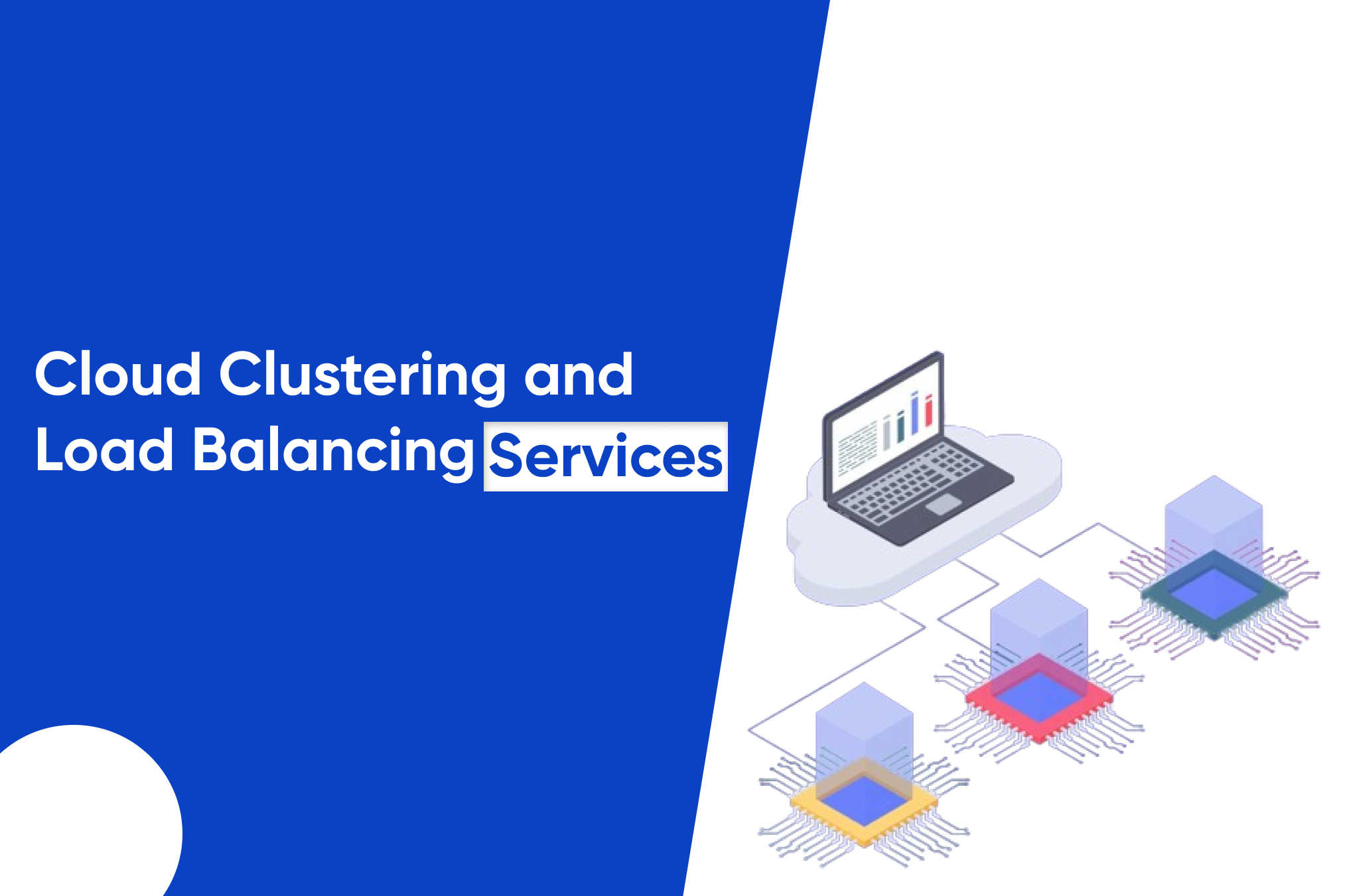

The simple answer to “What is load balancing?” or even “What is server load balancing?” is this: load balancing is about troubleshooting the distribution of inbound network and application traffic across multiple servers. With hundreds of user (or client) requests coming in every minute, it’s hard for anyone server to keep up and continually display high-quality photos, videos, text, and application data at the speed at which many users have become accustomed. Lags are considered “unacceptable” while complete downtime is intolerable.
Cloud load balancing is a type of load balancing that is performed in cloud computing. Cloud load balancing is the process of distributing workloads across multiple computing resources. Cloud load balancing reduces costs associated with document management systems and maximizes the availability of resources. It is a type of load balancing and not to be confused with the Domain Name System (DNS) load balancing. While DNS load balancing uses software or hardware to perform the function, cloud load balancing uses services offered by various computer network companies.
Load balancing is defined as the methodical and efficient distribution of network or application traffic across multiple servers in a server farm. Each load balancer sits between client devices and backend servers, receiving and then distributing incoming requests to any available server capable of fulfilling them.
Cloud load balancing is a type of load balancing that is performed in cloud computing. Cloud load balancing is the process of distributing workloads across multiple computing resources. Cloud load balancing reduces costs associated with document management systems and maximizes availability of resources.
Load Balancer as a Service refers to distributing client requests across multiple application servers in OpenStack environments, cloud load balancers follow a similar model as LBaaS. Cloud load balancers lower cost and can elastically scale up or down to maintain performance as application traffic changes.
Amazon Web Services (AWS) Elastic Load Balancer (ELB) is no doubt one of the best load balancing solutions available in the cloud.
AWS got three types of load balancers.
GCP provides global single anycast IP to front-end all your backend servers for better high-availability and scalable application environment.
Google provides three types of load balancing solutions.
NodeBalancers by Linode provide all the essential features of LB at only $10 per month. The configuration is quite straightforward and comes with some of the basic features as the following.
Rackspace is one of the leading cloud hosting solution providers that offer cloud LB to manage the online traffic by distributing the request to the multiple backend servers.
It supports multiple routing algorithms like round-robin, weighted, least connection & random. You can balance almost any type of service protocol, including.
Load balance the internal or internet-facing applications using Microsoft Azure LB. With the help of your Azure LB, you can build high-available and scalable web applications.
It supports TCP/UDP protocol, including HTTP/HTTPS, SMTP, real-time voice, video messaging applications. If you are hosting your application already on Azure, then you can forward your request from LB to the virtual servers.
Some notable features of Azure LB:
The IBM Cloud™ Load Balancer service helps customers improve the availability of their business-critical applications by distributing traffic among multiple application server instances, and by forwarding traffic to healthy instances only.
To get started using IBM Cloud™ Load Balancer, you require two main items:
If you need assistance in obtaining an IBMid account, contact your IBM Sales representative for additional guidance.
It is a type of load balancing and not to be confused with the Domain Name System (DNS) load balancing. While DNS load balancing uses software or hardware to perform the function, cloud load balancing uses services offered by various computer network companies.
Kubernetes uses two methods of load distribution, both of them operating through a feature called kube-proxy, which manages the virtual IPs used by services.
Clustering means that multiple servers are grouped together to achieve the same service. It can be regarded as a computer, a cloud computing platform, or through a software system that centralizes the use of distributed deployment resources.
Cluster: It means that multiple servers are grouped together to achieve the same business and can be regarded as one computer.
A server is a computer that provides data to other computers. It may serve data to systems on a local area network (LAN) or a wide area network (WAN) over the Internet.
Software-defined load balancers usually run on less-expensive, standard Intel x86 hardware. Installing the software in cloud environments like AWS EC2 eliminates the need for a physical appliance. Flexibility to adjust for changing needs. Ability to scale beyond initial capacity by adding more software instances.
Google's global load balancer knows where the clients are located and directs packets to the closest web service, providing low latency to users while using a single virtual IP (VIP). Using a single VIP means we can increase the time to live (TTL) of our DNS records, which further reduces latency.
Kubernetes, or k8s, is an open source platform that automates Linux container operations.
Cloud web hosting is a service that exists on multiple servers. Instead of on one shared server, your site is hosted in the cloud.
A load balancer is a work that does not directly communicate with Tomcat. Keeping requests belonging to the same session executing on the same Tomcat (session stickiness). Identifying failed Tomcat workers, suspending requests to them, and instead of failing over on other workers managed by the load balancer.